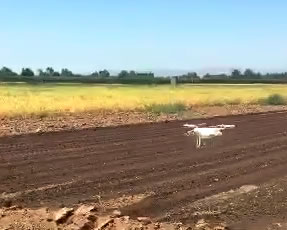This quiet agricultural ‘moonshot' could change the future of food
 Jenna Gallegos for The Washington Post: The global population is skyrocketing, the climate is changing, and diets are shifting. So how do you tackle the problem of feeding 9 billion people by 2050? Assemble an elite team of scientists for a year-long brainstorming session.
Jenna Gallegos for The Washington Post: The global population is skyrocketing, the climate is changing, and diets are shifting. So how do you tackle the problem of feeding 9 billion people by 2050? Assemble an elite team of scientists for a year-long brainstorming session.
The first meeting of “Science Breakthroughs 2030” just convened to discuss the key advances essential for revolutionizing food and agriculture in the next decade. The resounding theme: What's needed is akin to a moonshot. Or as committee co-chair John D. Floros put it, a "green revolution 2.0."
"This is something we owe to society … to really look forward as far as we can see and find better solutions," Floros said.
The effort dates to last fall, when the Foundation for Food and Agriculture Research (FFAR) and the Supporters of Agricultural Research Foundation (SoAR) teamed up to commission a report identifying the greatest challenges, opportunities and knowledge gaps in food and agriculture. The National Academy of Sciences answered the call and assembled the panel of eight staff and 13 scientists from institutions across the country. Their expertise ranges from nutrition to climate science to nanotechnology, and the report they're set to deliver next March will lay out a “strategic vision” for how to rapidly improve the quality and quantity of food. Full Article:
Comments (0)
This post does not have any comments. Be the first to leave a comment below.
Featured Product


